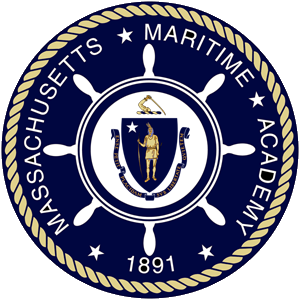Inspects and records:
a. The level in the fuel oil settling tank;
b. The level in main engine lube-oil sump, ship’s service turbo generator sump, and lube-oil storage tanks are within minimum and maximum limits and notes any transfers in progress;
c. The main boiler steam pressures and temperatures, forced draft fan pressures, uptake pressure and temperature, fuel-oil and feed pump discharge pressures, de-aerating feed tank pressure and temperature, condensate temperature, bleed steam pressures, etc;
d. The available potable, make-up feed, and reserved feedwater tanks are within minimum and maximum limits and notes any transfers in progress;
e. Refrigeration compressor suction and discharge pressures and temperatures;
f. Air conditioning compressor suction and discharge pressures and temperatures, chill water cooler circulating pump discharge pressure, and outlet and return temperatures;
g. That the potable water and sanitary systems hydro- pneumatic tanks water level are at half-full and the air charge is at the recommended pressure with the pump cycled off;
h. That the ship service system and control air compressor lube-oil levels are within the normal range on the dipstick, recording the each compressed air system pressure;
i. That the moisture from the compressed air systems moisture separating device and air receivers are drained;
j. Generator amps, kVA, and frequency;
k. Lube-oil centrifuge oil input pressure and temperature;
l. Waste-oil tank level;
m. Saltwater evaporator feed, saltwater cooling and air conditioning/refrigeration system saltwater supply pump discharge pressures, if so equipped;
n. Sea temperature;
o. Bilge-water holding tank has been sounded and recorded;
p. Stern-tube supply pump discharge pressure and temperature;
q. That the engine-room and cargo-hold bilge wells have been de-watered according to level, draft, and heel of the vessel; and
r. That all required entries have been appropriately made in the engine room log book;
